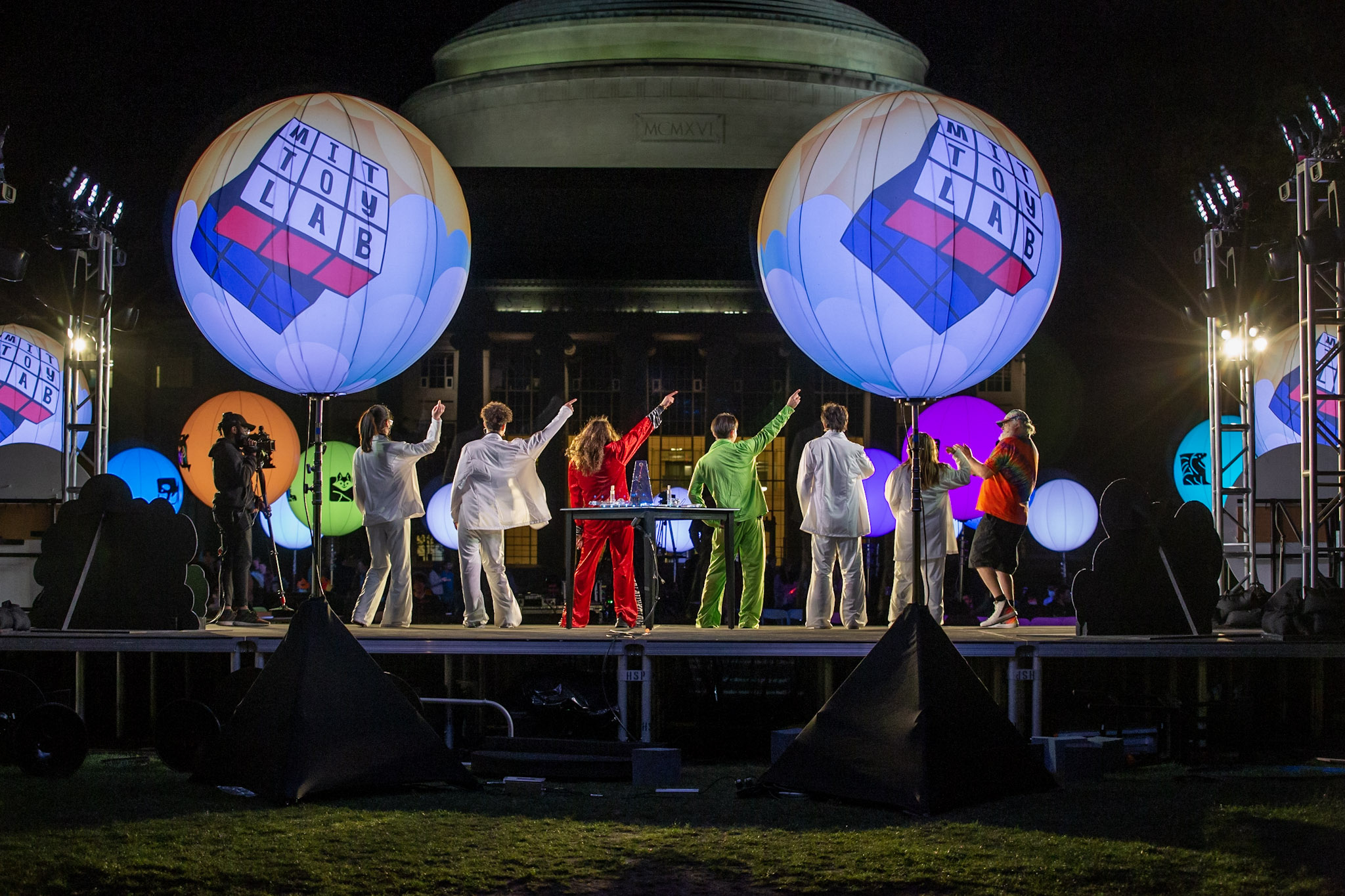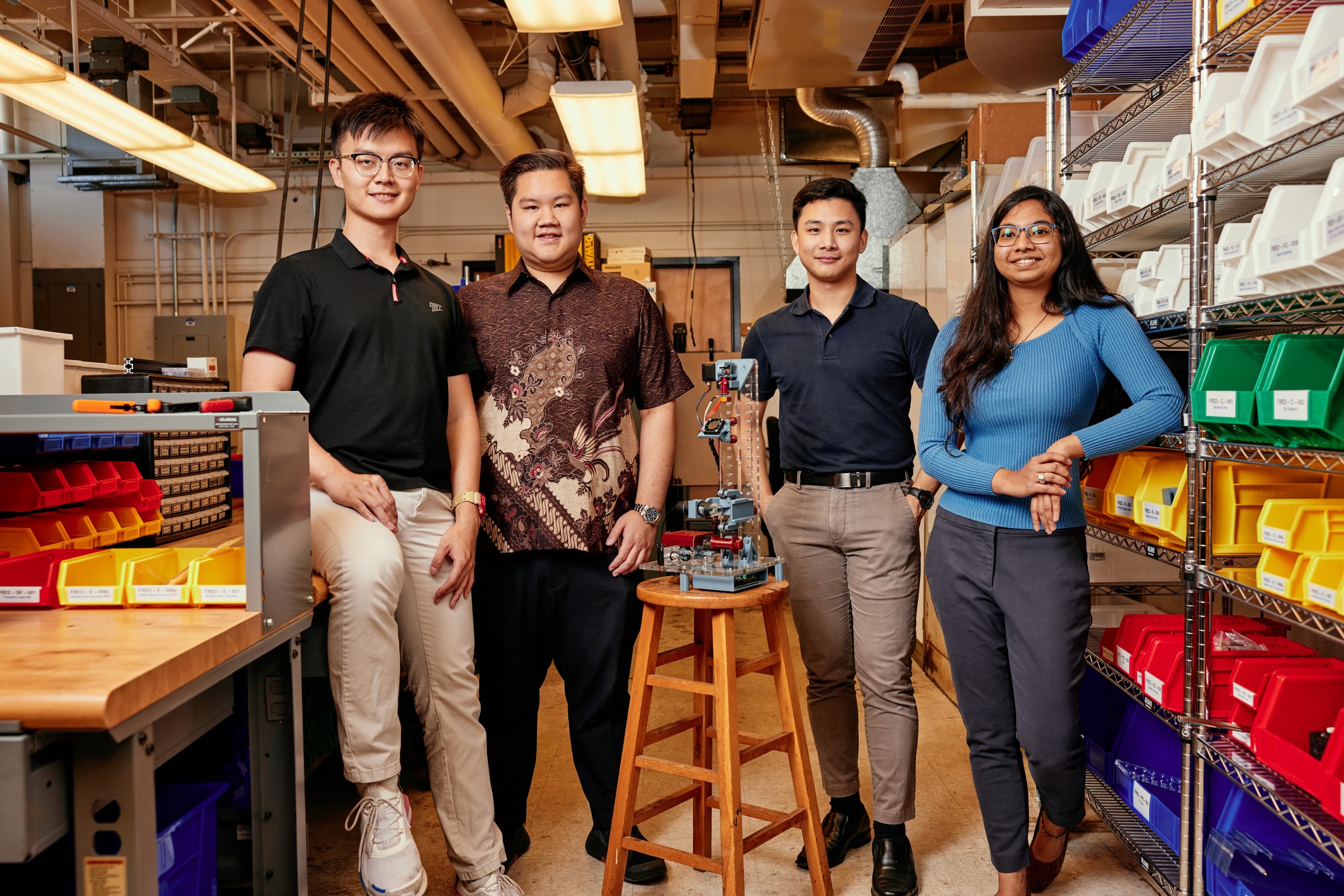5 Best AI Photo Tools for High School Education
Integrating AI into high school settings is revolutionizing both the delivery and absorption of knowledge. These AI technologies open doors to inventive and engaging learning experiences, especially in the realms of photo creation and editing. They simplify complex concepts, making them more accessible, and infuse a dash of creativity into traditional classroom environments. But AI… The post 5 Best AI Photo Tools for High School Education appeared first on Educators Technology.

Integrating AI into high school settings is revolutionizing both the delivery and absorption of knowledge. These AI technologies open doors to inventive and engaging learning experiences, especially in the realms of photo creation and editing. They simplify complex concepts, making them more accessible, and infuse a dash of creativity into traditional classroom environments.
But AI in education isn’t just about the tech leap forward; it’s about forging a partnership between these tools and the learners who are diving into the digital realms of creative education. This collaboration between AI and educational methodologies creates a dynamic synergy. Besides making learning a more delightful and effective journey, it also aligns perfectly with the expectations of a generation that’s growing up amidst rapid technological advancements.
The Impact of AI Photo Tools in High School Education
Introducing AI photo tools into high school education transforms the learning experience. Here’s how:
- Enhances Learning Accessibility: AI photo generators in high school break down traditional barriers, offering an interactive and dynamic educational approach.
- Simplifies Complex Subjects: These advanced tools make subjects like science and history more comprehensible and engaging through vivid visuals.
- Boosts Understanding and Retention: AI-generated images help students quickly grasp and remember complex scientific theories or historical events.
- Caters to Visual Learners: The graphic nature of these tools is particularly beneficial for students who learn best visually.
- Develops Essential Digital Skills: Students gain critical thinking, creativity, and problem-solving skills through AI photo editing and content creation.
- Promotes Visual Communication: These tools underscore the importance of visual literacy, teaching students to express ideas and work visually.
- Prepares for a Tech-Driven Future: Practical experience with AI photo tools is invaluable in an era where digital literacy is as crucial as traditional academic skills.
- Cultivates a Tech-Savvy Generation: AI photo tools in schools are key to nurturing a generation equipped to meet future challenges with technology at their fingertips.
5 Best AI Photo Tools for High School Education
Let’s look at five of the leading Photo AI technologies that enhance effectiveness and attractiveness in high school teaching.
1. HitPaw Photo AI
HitPaw Photo AI stands as a user-friendly and adaptable tool, perfectly tailored for high school educational purposes. It streamlines the complexities of photo editing, enabling students to effortlessly create or enhance images with precision and ease. Notably, this tool possesses the capability to transform low-quality pictures into high-resolution images, making it a valuable asset for learners in refining and elevating their visual projects.
Here are some of the main features of HitPaw Photo AI
- AI Enhancer: The HitPaw Photo AI Enhancer, an integral feature for users of HitPaw Photo Educational, is a game-changer in image quality enhancement. It skillfully converts medium-quality images into crisp, high-resolution versions, perfectly suited for academic projects and presentations. Students, for instance, can leverage this tool to refine and clarify historical images, making them more visually compelling and accessible for research or presentation purposes.
- AI Generator: The HitPaw Photo AI Generator acts as a creative catalyst in the realm of visual art, adeptly turning textual descriptions into graphic images. This feature is especially beneficial for converting literary, historical, or similar subjects into visual representations. By simply inputting descriptions, students have the unique opportunity to witness scientific processes or historical events come to life visually.
- Remove Background: This is a powerful asset for creating crisp and clear images. It enables educators and students to effortlessly eliminate distracting backgrounds from educational visuals, ensuring the focus remains solely on the subject at hand. This functionality is particularly valuable in biological visualizations where it’s essential to highlight specific organisms or features.
- Object Removal: The HitPaw Photo AI Object Removal tool offers a straightforward solution for tidying up images by removing unwanted elements. In educational settings, this proves particularly useful for streamlining visual aids. By eliminating unnecessary details, it simplifies the image, reducing potential distractions and enhancing the focus on the key content being taught.

2. Bing Image Creator
Bing Image Creator excels in transforming abstract ideas into vivid visuals, making it an essential tool for creative disciplines like literature, art, and media studies. Its unique ability to interpret in-depth language allows students to create images that symbolize their ideas, thoughts, stories, and more. This not only deepens comprehension but also sparks imagination and fosters creativity, making it an invaluable asset for students seeking to explore and visualize complex concepts in a tangible way.
3. DALL-E 3
DALL-E 3 stands out as a potent AI tool that transforms written descriptions into detailed graphics, offering a multitude of applications in the educational sphere. Art students can explore and experiment with diverse artistic styles by generating images that reflect various renowned art movements.
Meanwhile, science students gain the ability to visually conceptualize intricate scientific concepts. DALL-E 3’s capability to produce precise and rich visual aids from text makes it an essential asset for high school photo AI programs. Its versatility allows art students to delve into a range of creative processes, creating imagery inspired by famous art movements and beyond.
4. Canva: Text to Image
The Canvas text-to-image feature is a transformative tool that empowers educators and students to craft stunning images and graphics from mere text descriptions. This versatile function is ideal for designing engaging educational presentations, eye-catching posters, and vibrant social media content tailored for school projects. Canva’s user-friendly interface makes it an excellent resource for students to unleash their creativity and elevate the quality of their learning materials, thereby enriching the educational experience with visually appealing and personalized content.
5. Midjourney
Midjourney stands as a groundbreaking tool at the cutting edge of AI-generated graphics. It’s a remarkable asset for creative classrooms, offering students a window to visualize their innovative ideas. With Midjourney, high school education is infused with an unprecedented wave of creativity and learning. This tool is ideal for crafting distinct characters in storytelling or bringing historical events to life through vivid imagery.
Conclusion
In conclusion, the integration of AI photo tools into high school education is a strategic move towards future-ready education. These tools do more than just improve the educational experience; they revolutionize it. By making learning more accessible, simplifying complex subjects, and catering to diverse learning styles, AI photo tools are radically redefining the educational landscape.
Besides facilitating a deeper understanding, these tools also equip students with essential digital competencies that are paramount for the 21st century learners. The use of these tools in classrooms lays a strong foundation for visual literacy and digital skills, crucial for success in a rapidly evolving global landscape.
The post 5 Best AI Photo Tools for High School Education appeared first on Educators Technology.





































